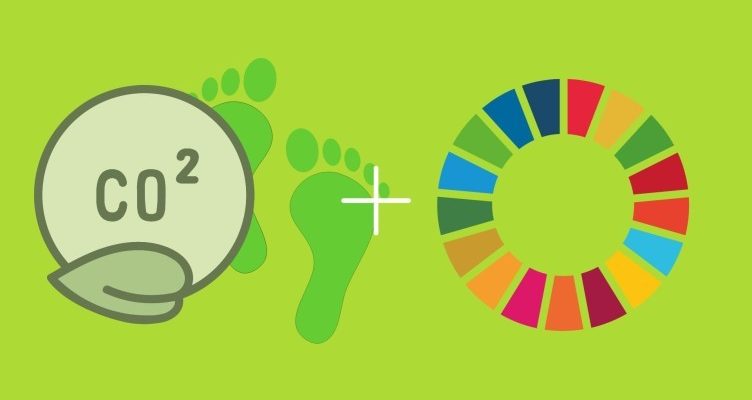The International Telecommunication Union (ITU) and the World Benchmarking Alliance (WBA) have released a report revealing a growing carbon footprint in the digital technology sector, fueled by increasing demand for hardware, network services, data storage, and emerging technologies. Despite industry commitments to sustainability, the report shows a concerning decline in progress towards climate goals.
RELATED: What do satellites have to do with climate change and sustainability?
Titled “Greening Digital Companies 2024,” the report highlights rising greenhouse gas (GHG) emissions and energy consumption across the global tech industry, underscoring the need for greater transparency and accountability. It offers best practices to help digital companies reduce emissions, adopt low-carbon operations, and improve climate reporting.
“An effective green transition needs digital companies to drive progress and lead by example,” said ITU Secretary-General Doreen Bogdan-Martin. The report calls for urgent action from industry leaders, ahead of the Green Digital Action meeting at COP29’s Digitalisation Day.
Balancing Digital Growth with Sustainability Challenges
While digital technologies contribute to the UN’s Sustainable Development Goals (SDGs) by improving weather predictions, optimizing energy use, and integrating low-emission tech, the industry must also address its environmental impact. This includes managing carbon emissions, energy consumption, e-waste, and raw material depletion.
The report analyzed GHG emissions and energy use of 200 leading digital companies, revealing that 148 companies consumed 518 terawatt-hours (TWh) of electricity in 2022—about 1.9% of global energy. The top 10 companies, mostly from East Asia and the U.S., accounted for 51% of this total, a 9% increase from 2021.
Scope 3 Emissions: A Major Challenge
The report provides the first comprehensive analysis of Scope 3 emissions, which account for the majority of digital companies’ carbon footprints. These emissions include everything from material suppliers to consumer use of end-products like smartphones and AI chatbots. Scope 3 emissions are, on average, six times greater than Scope 1 and Scope 2 emissions.
However, many companies face challenges in accurately calculating Scope 3 emissions, including data gaps, double-counting, and inconsistent attribution.
The Impact of Emerging Technologies
Emerging technologies, particularly artificial intelligence (AI), are further straining energy resources and adding to emissions. Despite this, AI and other transformative tech can also support sustainable development by optimizing energy use and reducing waste.
Lourdes O. Montenegro, Director of Research and Digitisation at the WBA, emphasized the importance of digital companies taking responsibility for their role in climate change. “We are bringing these data and insights to the attention of the international community to ensure that business success also benefits people and the planet,” she said.
Role of Governments in Supporting Sustainability
The report urges governments to implement frameworks that monitor GHG emissions and accelerate access to green energy. Cosmas Luckyson Zavazava, Director of ITU’s Telecommunication Development Bureau, noted that unchecked climate change could reverse development gains. Governments are encouraged to liberalize energy markets, modernize power grids, and invest in renewable energy to support the tech industry’s twin transition toward growth and environmental responsibility.
The Greening Digital Companies 2024 report reflects ITU’s broader efforts to drive climate action in the global tech sector, urging companies to prioritize sustainability in line with global climate targets.




























